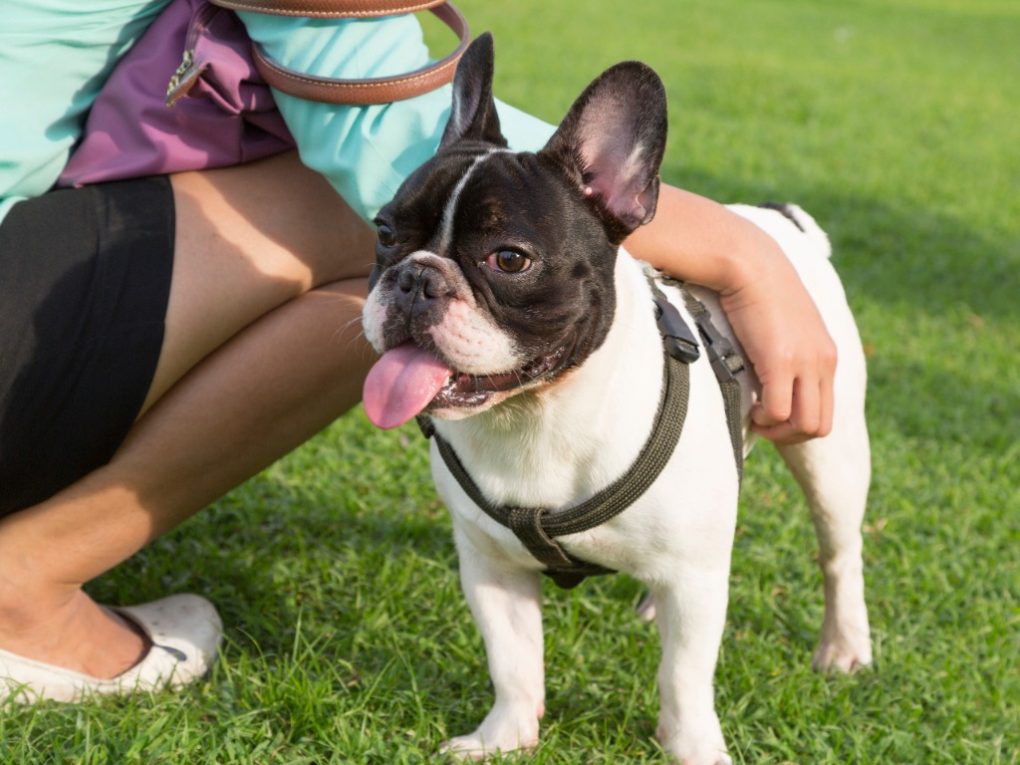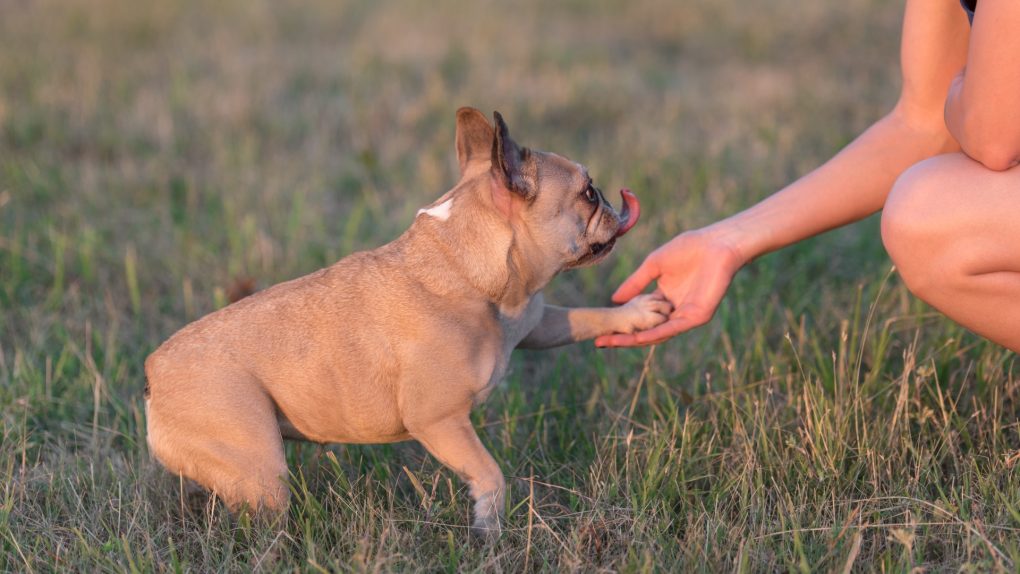How to Calm Down Your Bulldog: Tips and Tricks
It’s essential to establish a soothing environment and employ relaxation techniques to calm down your bulldog. Ensure the room is quiet and comfortable while engaging in calming activities that your bulldog will enjoy, such as gentle petting or stroking.


Physical exercise and mental stimulation can help your bulldog release built-up energy and improve their temperament. In addition, regular walks and interactive toys can provide these outlets, ensuring that your bulldog feels at ease, and consequently, helping them remain calm in various situations.
Table of Contents
Understanding Bulldog Behavior
Bulldog Breeds and Temperament
Bulldogs are a unique breed of dog with a distinctive temperament. They are generally known for their friendly and loyal nature but can also be stubborn and independent. Bulldogs are available in different breeds, each with its unique personality traits. Some of the most common bulldog breeds include American, English, and French Bulldogs.
American Bulldogs are known for their strength and athleticism, while English Bulldogs are more laid back and affectionate. French Bulldogs are playful and energetic, but they can also be stubborn. Understanding the temperament of your bulldog breed is essential in managing their behavior.
Reasons for Hyperactivity and Anxiety in Bulldogs
Bulldogs can display hyperactive and anxious behavior for various reasons. One of the most common reasons is boredom. Bulldogs require daily exercise and playtime to keep them mentally and physically stimulated. If they don’t get enough exercise, they can become restless and anxious.
Stressful situations can also trigger hyperactivity and anxiety in bulldogs. Loud noises, unfamiliar people or animals, and environmental changes can cause fear and anxiety. As a result, they may become aggressive or display destructive behavior.
Dog owners’ body language can also affect bulldog behavior. If a dog owner is anxious or stressed, their bulldog may pick up on these emotions and become anxious. Therefore, remaining calm and confident around your bulldog is essential to help them stay relaxed and calm.
Creating a Calm Environment
Home Environment
Creating a calm home environment is essential to help a bulldog calm down. The home should be a safe and secure space for the dog, free from any potential hazards or stressors. Providing a comfortable bed or crate for the bulldog to retreat when they feel anxious or overwhelmed is important.
To create a calm environment, owners should consider using pheromones like Adaptil to help reduce anxiety. Classical music played at a low volume can also help to soothe the dog’s senses and promote relaxation.
Exercise and Activity
Bulldogs are active dogs that require regular exercise and playtime to help them burn off excess energy and reduce anxiety. Owners should take their bulldog for daily walks or trips to the dog park to provide an outlet for their energy and promote a sense of calmness.


In addition to physical activity, owners can engage their bulldog in mental stimulation activities, such as puzzle toys or training exercises, to help tire them out and promote relaxation.
Training and Attention
Proper training and attention are essential to help a bulldog calm down. Owners should provide their bulldog with a job or task to help them feel fulfilled and reduce anxiety. Training exercises, such as rally or obedience training, can also help to promote calm behavior and reduce anxiety.
Owners should also give their bulldog plenty of attention and affection to help them feel loved and secure. However, avoiding reinforcing anxious behavior by giving in to demands or excessive attention-seeking is important.
Overall, creating a calm environment for a bulldog requires a combination of factors, including a safe and secure home environment, regular exercise and activity, and proper training and attention. By providing a sense of safety and security, reducing anxiety, and promoting relaxation, owners can help their bulldog calm down and feel more at ease.
Techniques for Calming Down a Bulldog
Bulldogs are known for their stubbornness, which can make them difficult to train. However, you can teach your bulldog to calm down and behave appropriately with patience and consistency. This section will discuss some techniques for calming down a bulldog.
Basic Training Techniques
Establishing basic training techniques is the first step in calming down a bulldog. Bulldogs respond well to positive reinforcement, so rewarding good behavior is important. Start with basic commands like “sit,” “down,” and “stay.” These commands help you establish control over your dog and can be used to calm them down in stressful situations.


Another important aspect of basic training is teaching your bulldog to be comfortable with being alone. Separation anxiety is a common problem among bulldogs, and it can lead to destructive behavior. Start by leaving your bulldog alone for short periods and gradually increasing the time as they become more comfortable.
Calming Techniques
In addition to basic training, you can use several calming techniques to help your bulldog relax. One technique is to give your bulldog a calming chew or treat. These treats are designed to help reduce anxiety and promote relaxation.
Another technique is to use calming scents, such as lavender or chamomile. These scents have a calming effect on dogs and can help reduce anxiety. You can use a diffuser or spray to distribute the scent throughout your home.
Finally, physical touch can also help calm down a bulldog. Petting or holding your dog close can help reduce anxiety and promote relaxation.
Professional Help
If your bulldog’s behavior is causing significant problems, it may be time to seek professional help. A professional dog trainer can help you establish a training plan tailored to your bulldog’s needs. They can also guide how to manage separation anxiety and aggression.


Medication may sometimes be necessary to help calm down an anxious or aggressive bulldog. In addition, your veterinarian can guide whether medication is necessary and what type is appropriate.
